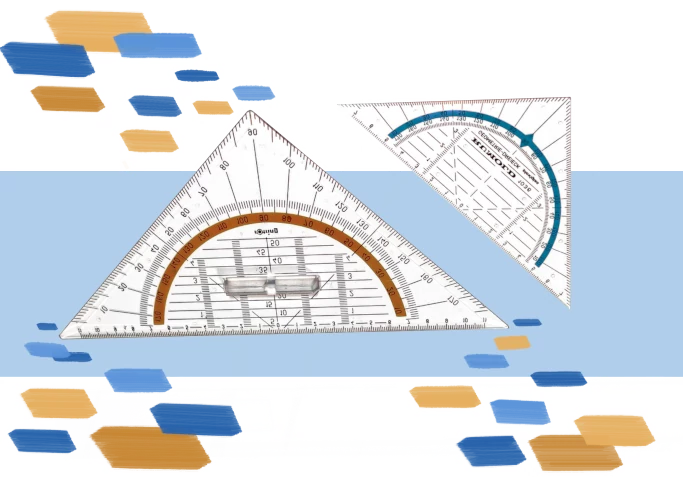What is Data Triangulation?
How to improve your qualitative research using Data Triangulation
For more best practices see our method overview

Introduction to Data Triangulation
Data triangulation involves the integration of information from different individuals, organizations, or contexts to gain a comprehensive understanding of the research topic. This approach recognizes that each data source has its own strengths and limitations, and by combining them, researchers can compensate for these limitations and obtain a more robust perspective. Data sources can include interviews, observations, documents, artifacts, or any other relevant sources that contribute to the research inquiry.
By utilizing diverse data sources, researchers can enhance the Credibility, reliability, and depth of their qualitative findings. In this article, we delve into the concept of data triangulation, its significance, and its practical application as a best practice in qualitative research.
Benefits of Data Triangulation
- Increased Credibility and Validity: Data triangulation enhances the Credibility of qualitative research by corroborating or contrasting findings from different sources. When multiple sources converge on a similar theme or pattern, it strengthens the validity of the research outcomes. Conversely, if contradictory findings emerge, it prompts researchers to critically analyze the reasons behind the discrepancies, leading to a more nuanced understanding of the research topic.
- Enhanced Reliability: By utilizing multiple data sources, researchers can increase the reliability of their findings. When diverse sources consistently reveal similar insights, it adds weight to the research outcomes, indicating that the findings are not dependent on a single source. This strengthens the overall reliability of the study and increases confidence in the research findings.
- Comprehensive Understanding: Data triangulation allows researchers to capture a more comprehensive understanding of the research topic. Different data sources provide varied perspectives and insights, helping researchers to explore various dimensions of the phenomenon under investigation. By integrating data from multiple sources, researchers can uncover hidden aspects, complexities, or nuances that may have been missed if only one source had been used.
- Reduction of Bias and Limitations: Data triangulation mitigates the potential biases and limitations associated with individual data sources. Each data source has its own strengths and weaknesses, and by using multiple sources, researchers can offset these limitations. This approach helps reduce the impact of biases inherent in any single data source and ensures a more balanced representation of the research topic.
How to apply Data Triangulation
- Selection of Data Sources: Researchers should carefully select data sources that provide diverse perspectives and insights relevant to the research question. This may include conducting interviews with participants from different backgrounds, observing the phenomenon in various settings, analyzing documents from different organizations, or combining qualitative and quantitative data sources. The goal is to gather data from sources that offer different viewpoints and shed light on different aspects of the research topic. The decisions on which data sources were selected, and why, should be documented in an Audit Trail
- Data Collection: Researchers should collect data from each selected source using appropriate methods and techniques. This may involve conducting interviews, administering surveys, conducting observations, or analyzing documents and artifacts. It is important to maintain consistency in data collection procedures across different sources to ensure comparability.
- Data Analysis: During the analysis phase, researchers should systematically analyze and compare the data obtained from different sources. This involves Coding, categorizing, and identifying patterns within each data set. Researchers should seek convergence or divergence across the various data sources, paying attention to common themes, contradictions, or unique insights that emerge. Software tools for qualitative analysis can assist in managing and integrating data from multiple sources.
- Reflexivity and Peer Review: Researchers should engage in reflexivity, critically reflecting on their own biases and assumptions throughout the research process. This self-awareness helps ensure that interpretations are not influenced solely by personal perspectives. It also helps when selecting the right data sources for data triangulation. Additionally, involving peers or colleagues in the gathering, analysis and interpretation of the data can provide valuable insights and contribute to the rigor of the study. Peer review (for example through Peer Debriefing) helps validate the findings by subjecting them to critical scrutiny and identifying potential alternative explanations or interpretations.
- Reporting the Findings: When reporting the qualitative findings, researchers should clearly outline the data triangulation approach employed in the study. They should describe the different data sources used, the rationale for their selection, and how they were integrated in the analysis. Researchers should highlight the convergence or divergence of results across the various data sources, providing a transparent account of the process. This allows readers to assess the reliability and Credibility of the findings based on the multiple perspectives captured through data triangulation.
Conclusion on Data Triangulation
Data triangulation is a valuable practice in qualitative research that strengthens the Credibility, reliability, and comprehensiveness of findings. By incorporating multiple data sources, researchers can obtain a more robust understanding of the research topic, mitigating biases and limitations associated with individual sources. The convergence or divergence of findings across diverse sources enhances the validity of the research outcomes and provides a more comprehensive perspective. Through careful selection of data sources, rigorous data collection and analysis, Reflexivity, and peer review, researchers can effectively apply data triangulation in their qualitative research. By doing so, they contribute to the advancement of knowledge and generate evidence-based insights with greater depth and reliability.
You should also consider applying some of the other forms of triangulation:
Investigator Triangulation, Environmental Triangulation, Theory Triangulation, Method Triangulation
You should also consider applying some of the other forms of triangulation:
Investigator Triangulation, Environmental Triangulation, Theory Triangulation, Method Triangulation
We use cookies for a number of purposes, including analytics and performance, functionality and advertising. Learn more about QDAcity use of cookies.
Analytics:Performance:Functional: